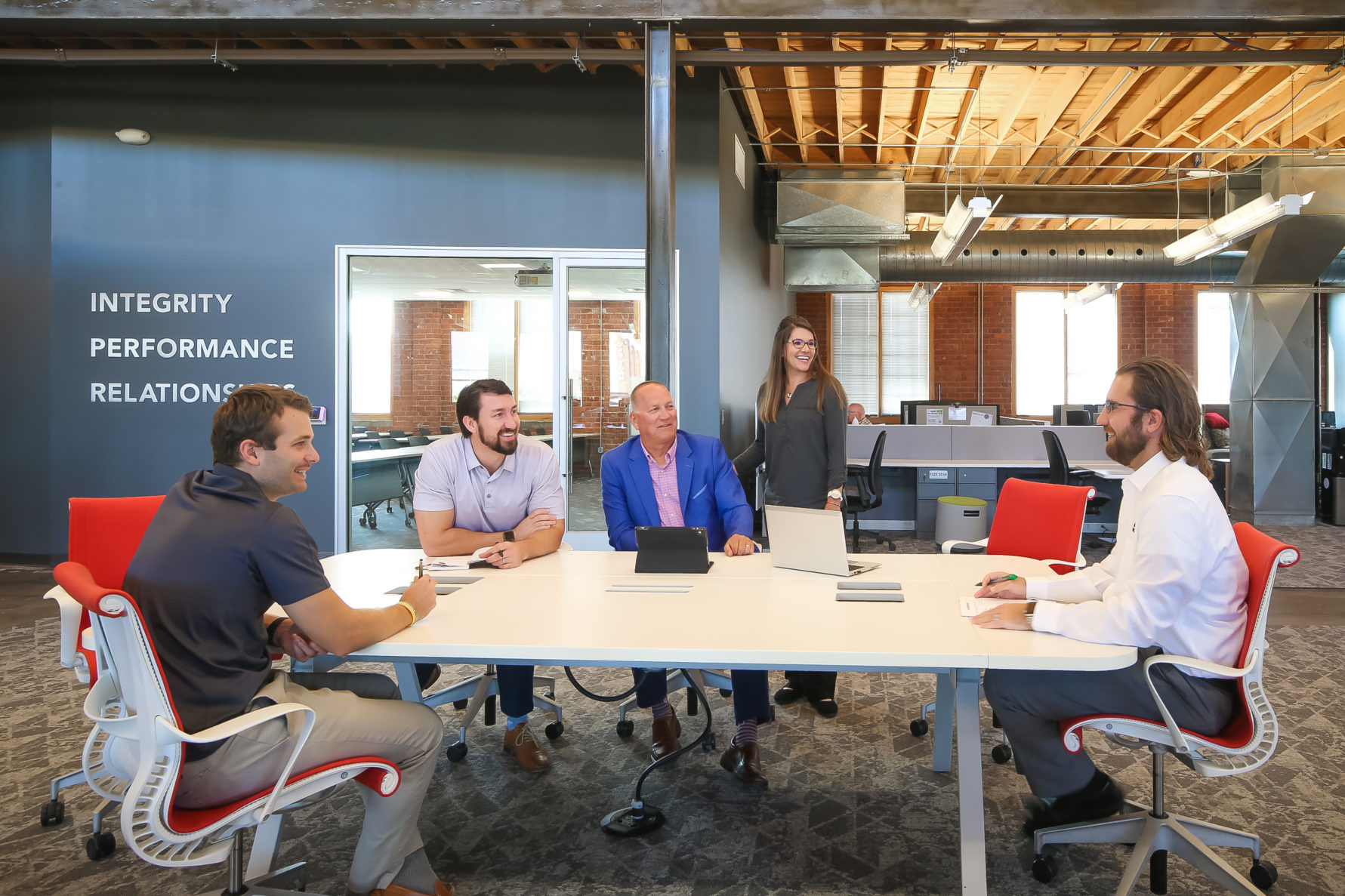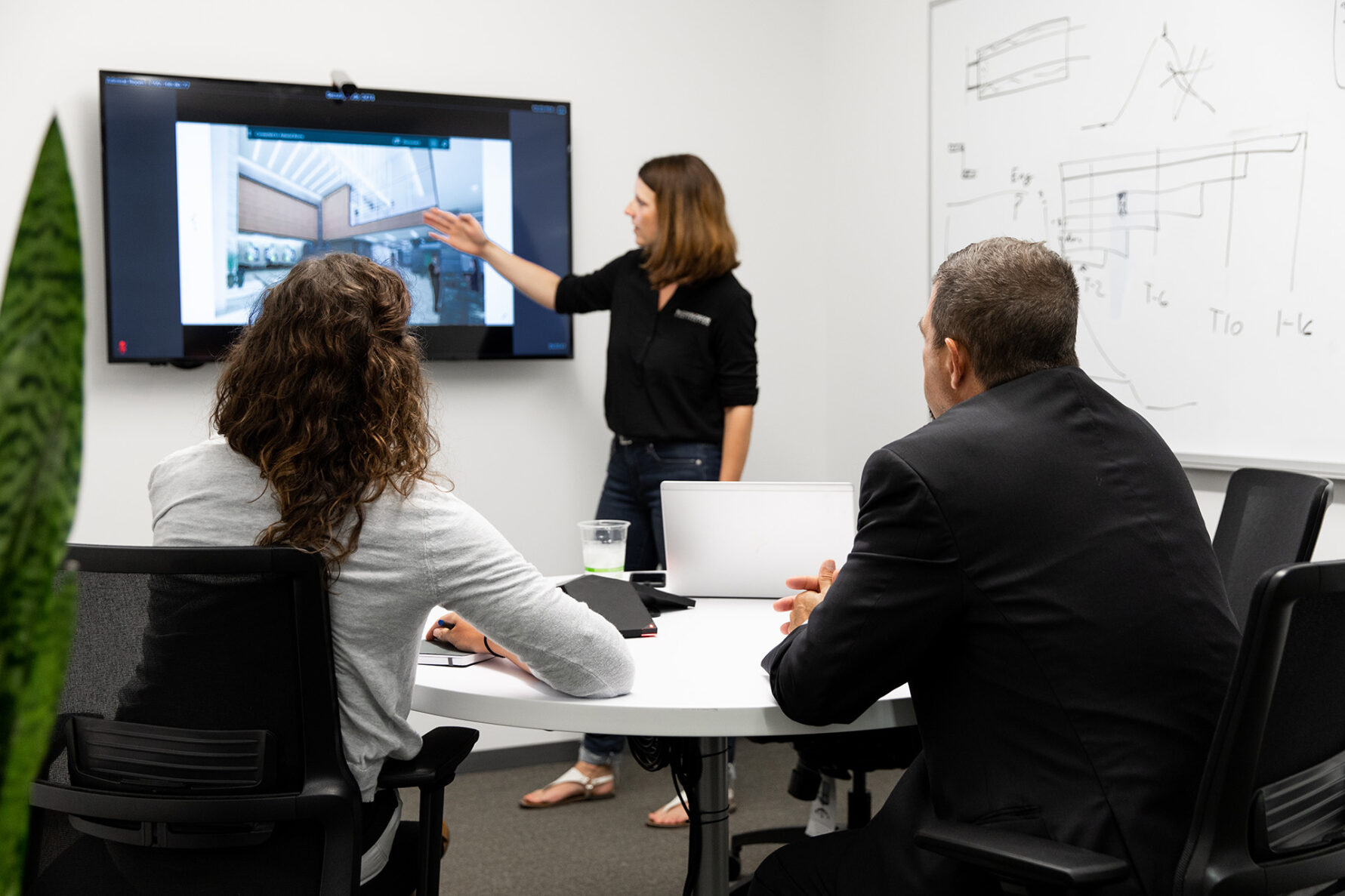The importance of hands-on-learning in higher education
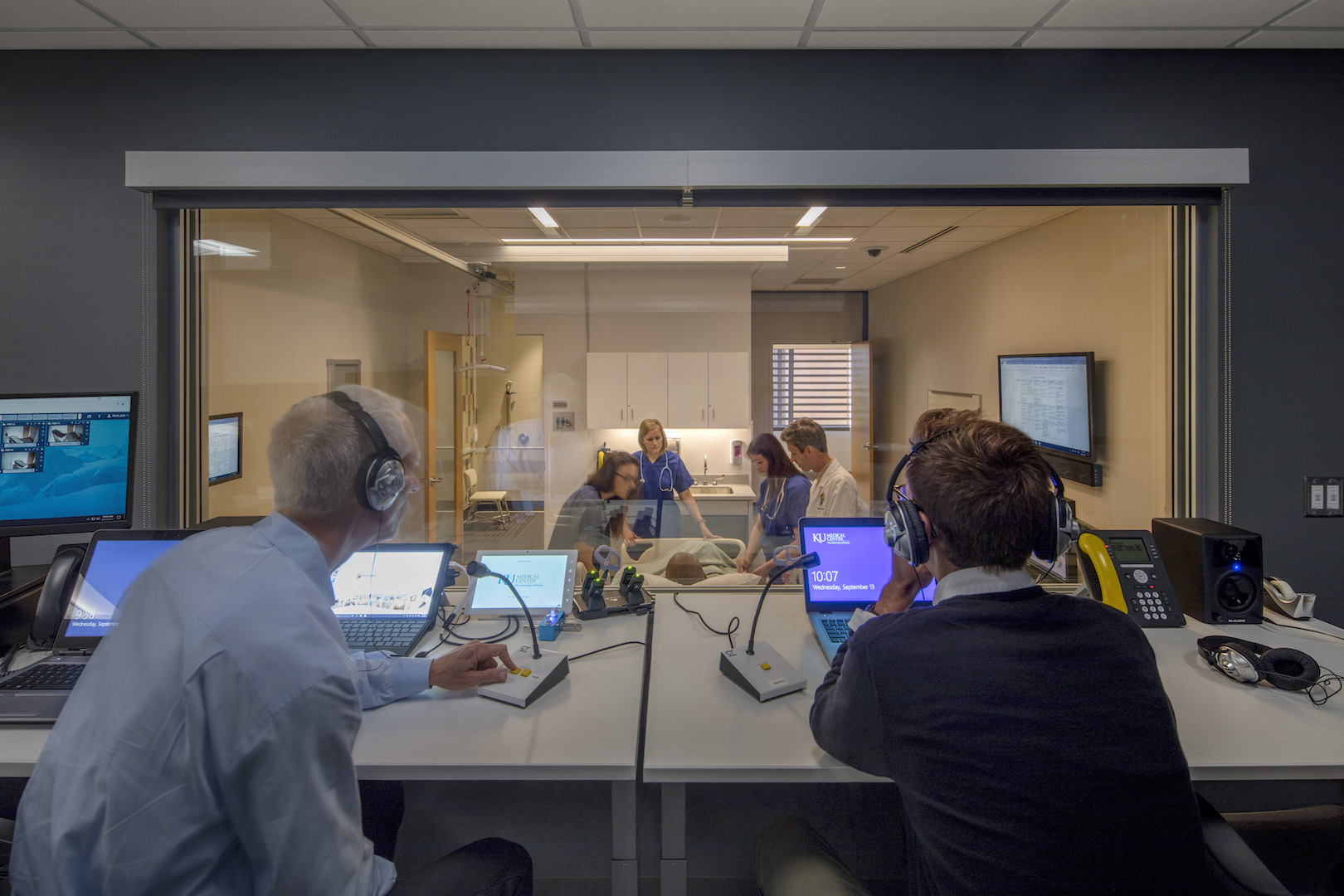
While any learning method should translate perfectly into practice, the reality is far from. During a long lecture, there’s nothing students are paying more attention to than the clock. They may be thinking about what they will make for dinner, what their plans are for the weekend, or they even may not be thinking at all! By implementing hands-on learning methods, students get up, move and begin to practice their critical thinking skills. Hands-on learning is a form of education where students learn by doing. It’s the idea of deliberate practice. After all, they do say practice makes perfect.
Hands-on learning is most applicable to careers that demand a high-level of physical precision such as medical, mechanical, architectural and agricultural studies. Oftentimes, innocent mistakes are not revealed until the stakes are at their highest. Hands-on learning allows instructors to correct students’ mistakes in a safe and controlled environment while encouraging the use of critical thinking skills.
Humans naturally learn by making mistakes and determining how to avoid them in the future. Rather than experimenting when a job, or even a life, is on the line, students can practice at their own pace without the fear of failure or severe consequences.
SIMULATION-BASED TRAINING FOR HEALTH EDUCATION

Many higher education institutions are implementing simulation-based training facilities to support these new models of teaching. At the University of Kansas Medical Center, the Health Education Building addresses modern curriculum for medical students, training for future health care professionals and also emphasizes inter-professional education. The 170,000 square foot building includes a simulation center and flexible, state-of-the-art learning space to support new models of teaching. In this facility, medical students train alongside nursing and health professionals to learn a cohesive team approach that they will use in clinical settings.

At Pittsburg State University, McPherson Hall houses the school’s college of nursing. With an emphasis on hands-on learning, this facility prepares students for nursing careers. The new addition and renovation will provide teaching and learning spaces tuned to the future, with space for students to experience immersive learning in state-of-the-art simulation environments. The project includes a new 10,000 square foot simulation hospital with a nurses’ station, exam rooms, hospital rooms, an observation area and even a specialized classroom with a digital cadaver.
COLLABORATIVE LEARNING FOR AGRICULTURAL STUDIES
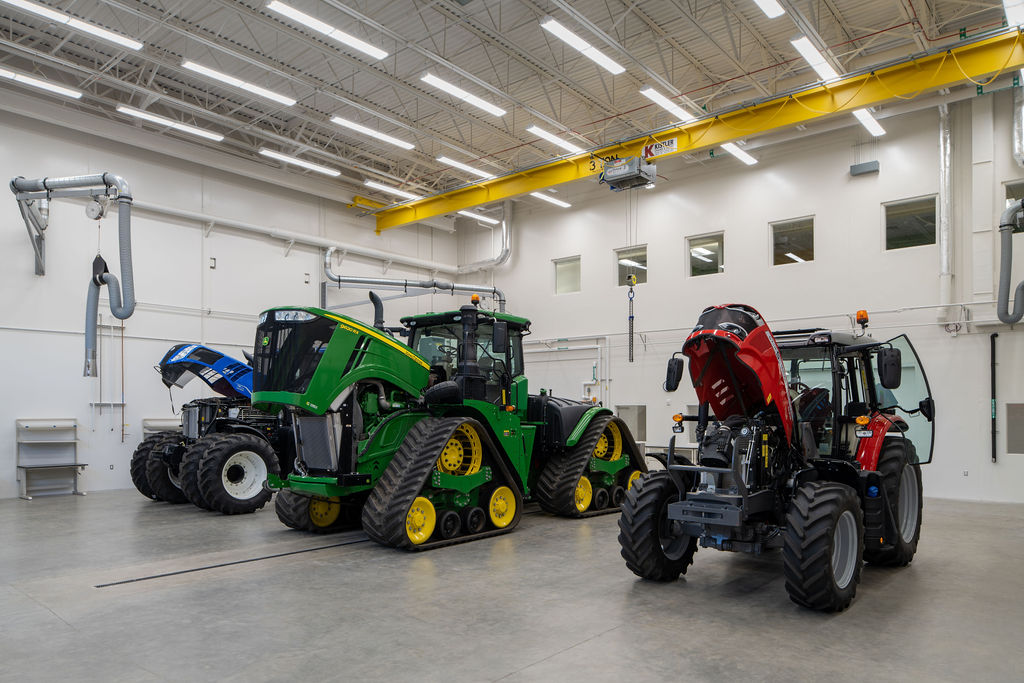
At South Dakota State University, the Raven Precision Agriculture Center emphasizes collaborative learning methods by gathering agronomy, engineering and computer science into one building. The 122,000 square foot facility features numerous specialty spaces including a dynamometer bay, a fabrication bay, a bio-processing suite, woodshop, quarter-scale tractor lab and many others.
This unique curriculum allows students to get hands-on experience with the latest technology in precision agriculture while shaping their future careers.
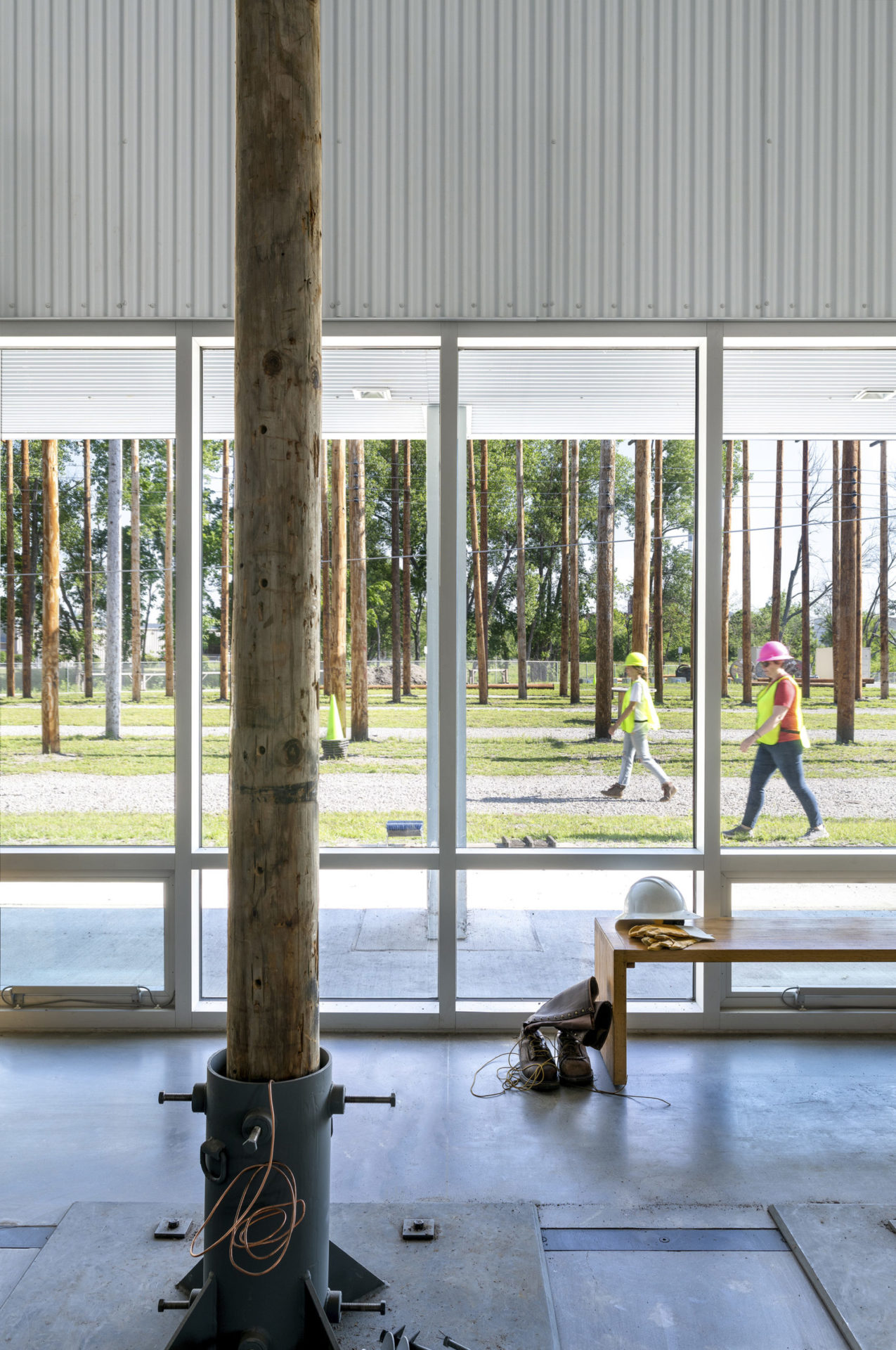
MULTIPLE CAREER PATH HANDS-ON LEARNING
With several campuses across the Kansas City metro, Metropolitan Community College offers multiple career pathways through a hands-on approach. The Engineering Technology Center at Penn Valley houses classrooms and labs, maker space, an outdoor covered work yard, a 3D printing lab and an innovation lab.
The mechanical and architectural design curriculum is centered around students learning by doing. The Blue River East Campus addition is home to four degree programs including lineman technician, certified driver’s license (CDL), forklift and OSHA training. The facility includes classrooms, vehicle high bay and even a pole field where students learn to set up and repair electrical wire communication and power lines.
Real-world situations aren’t always as straightforward as textbooks make them out to be. Oftentimes, many different factors need to be considered before reaching the appropriate solution. Hands-on learning allows students to get their noses out of a textbook and their hands into their coursework. By experiencing the subject matter in a simulation, students are familiarized with the ever-changing environments they will be faced with in their future careers.
Planning a project on your campus? Read about four key considerations for your next college campus project. Reach out to our higher education experts for more information.




